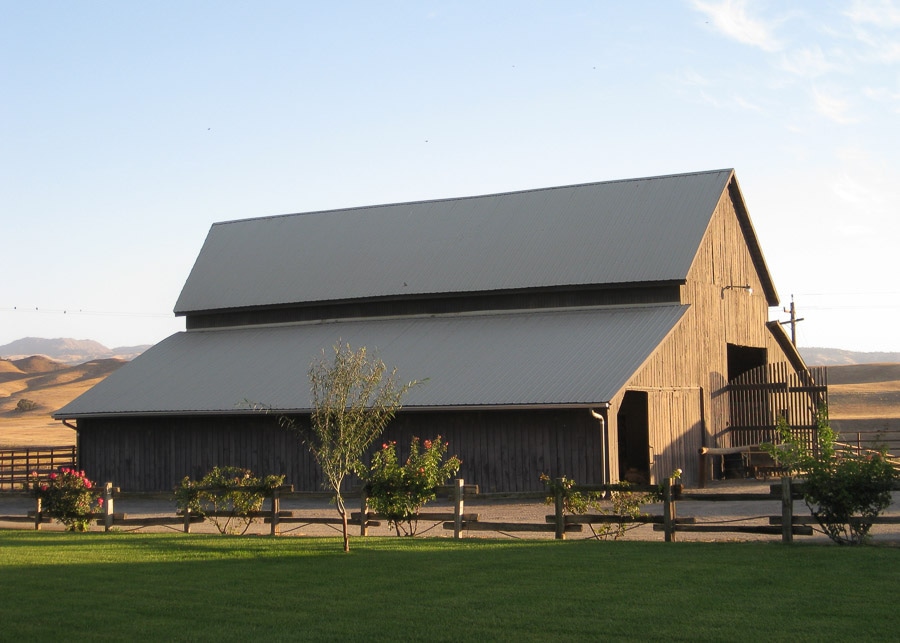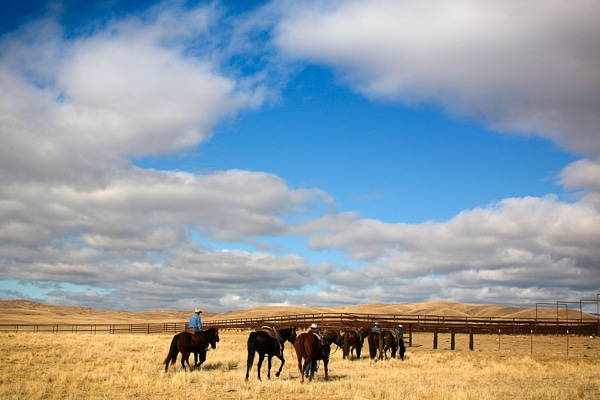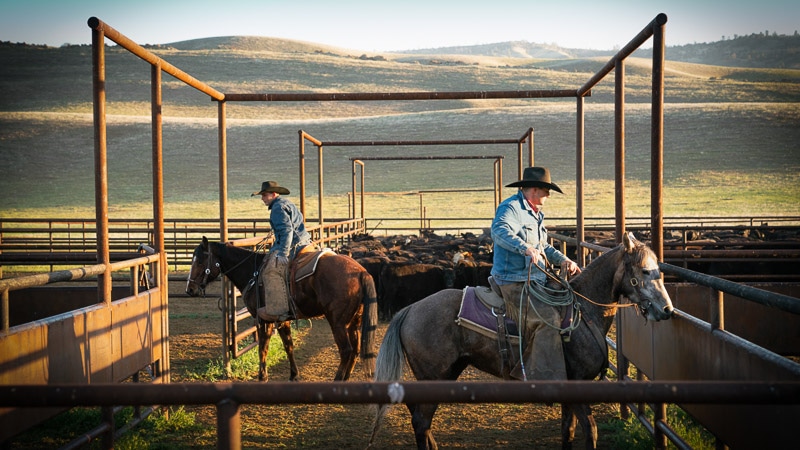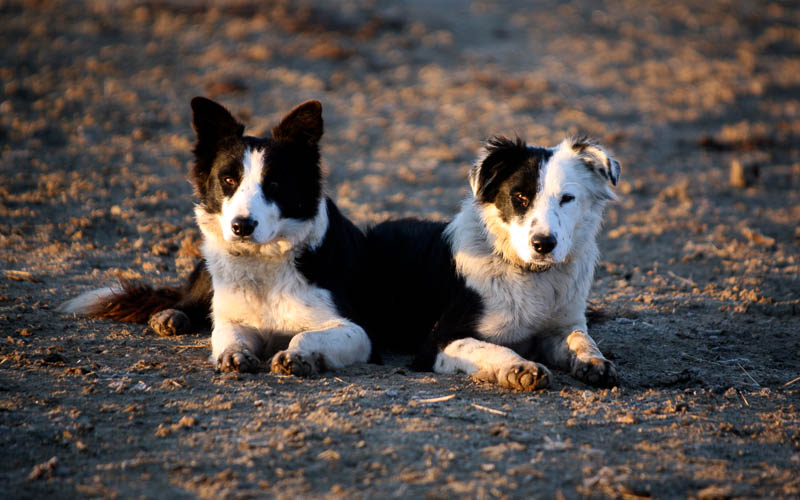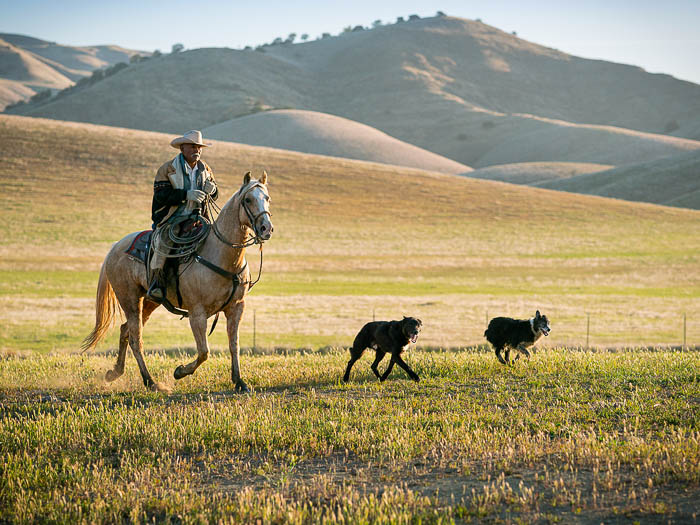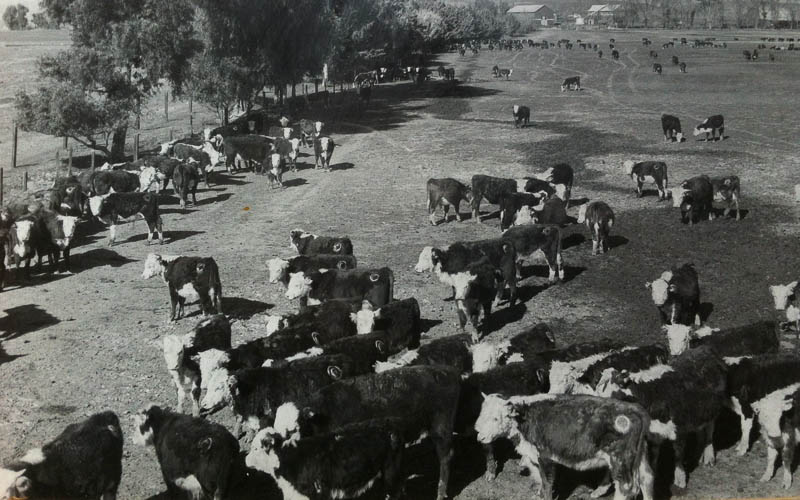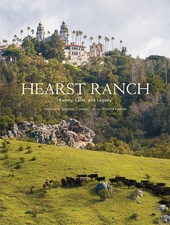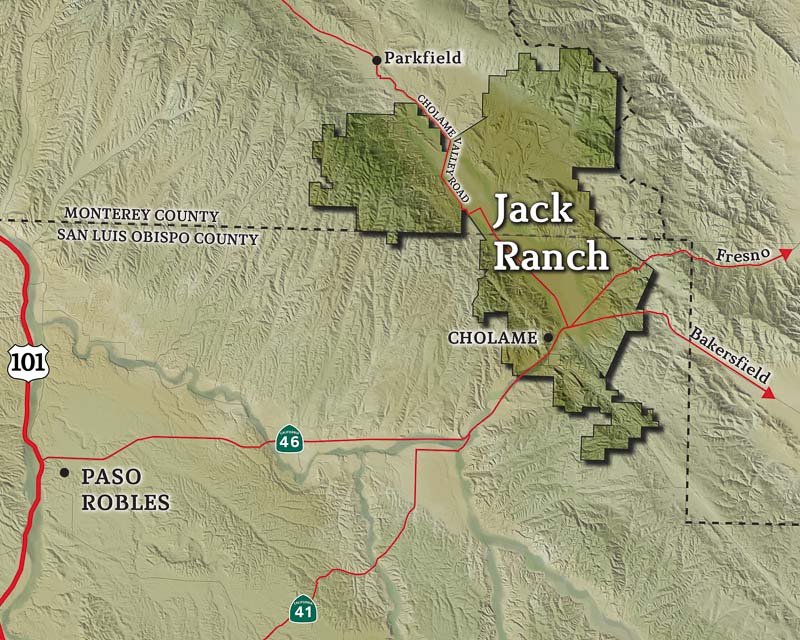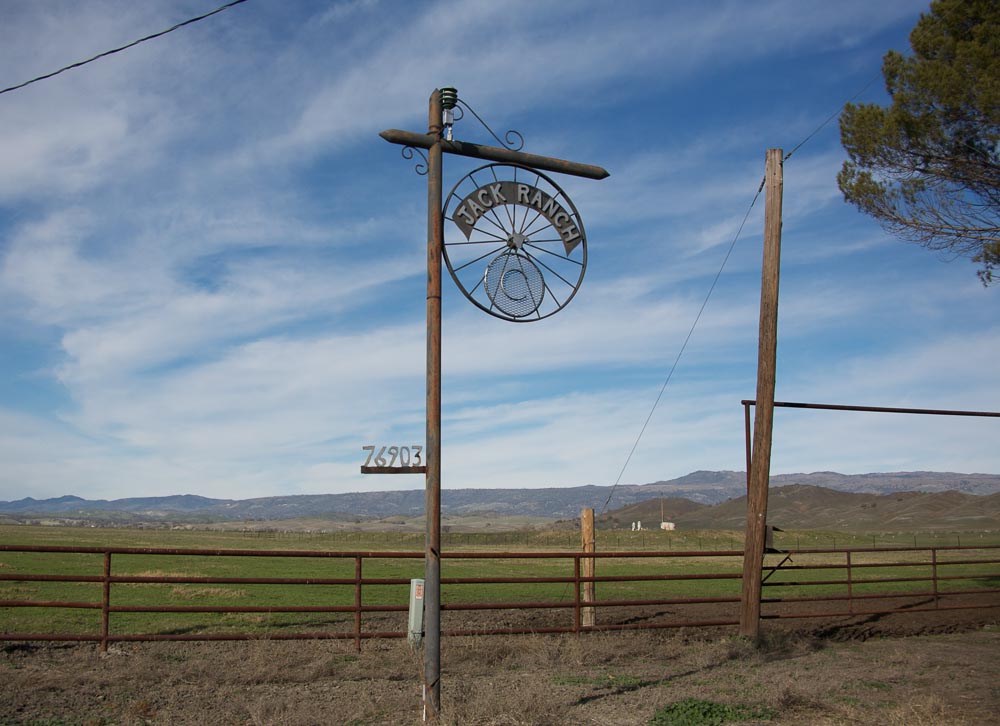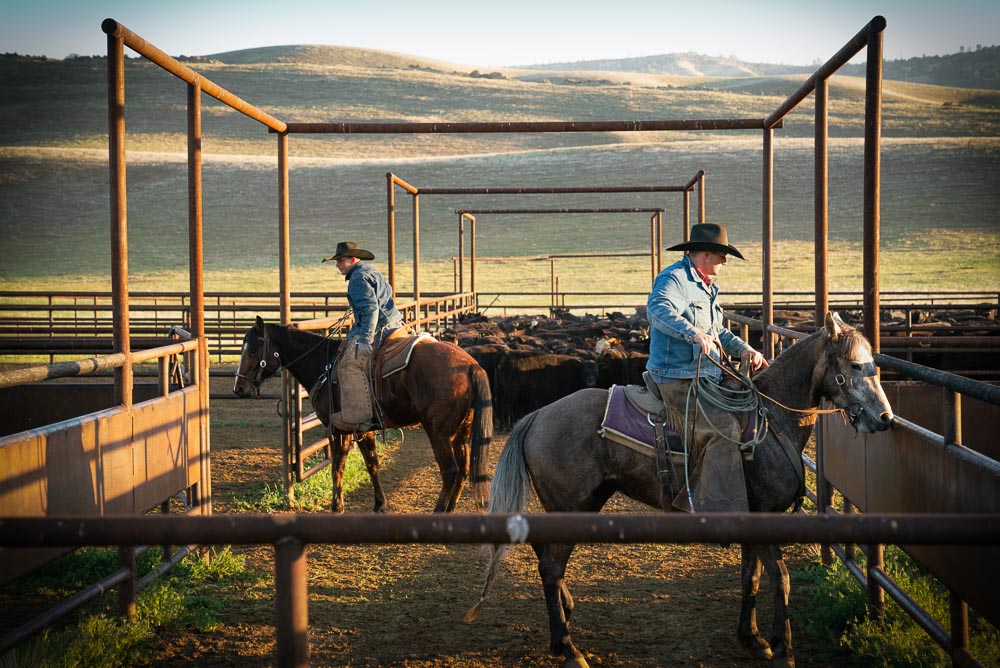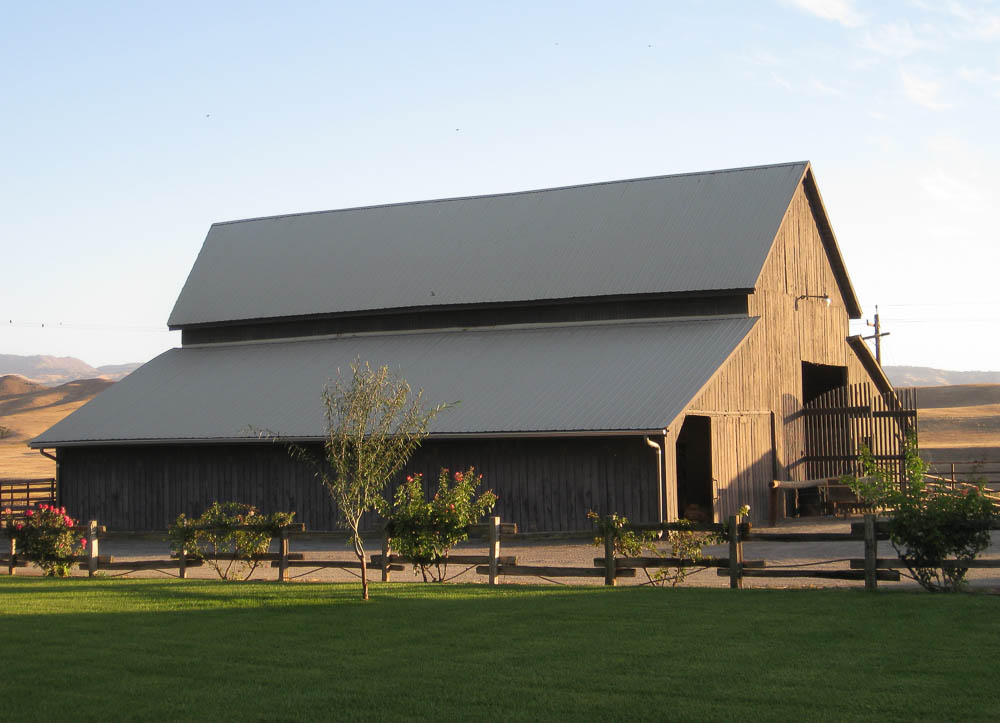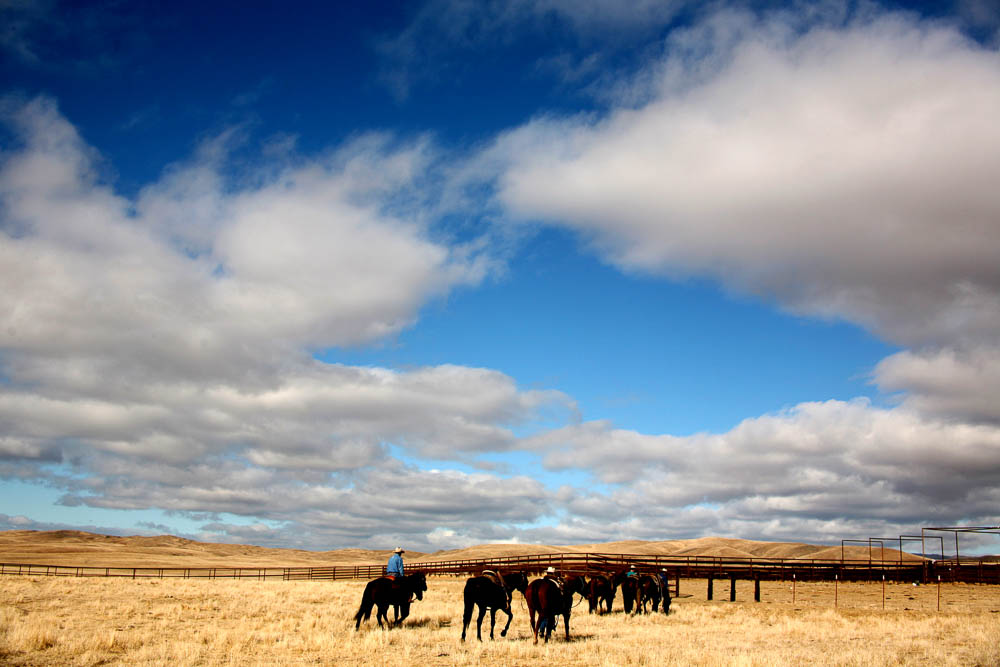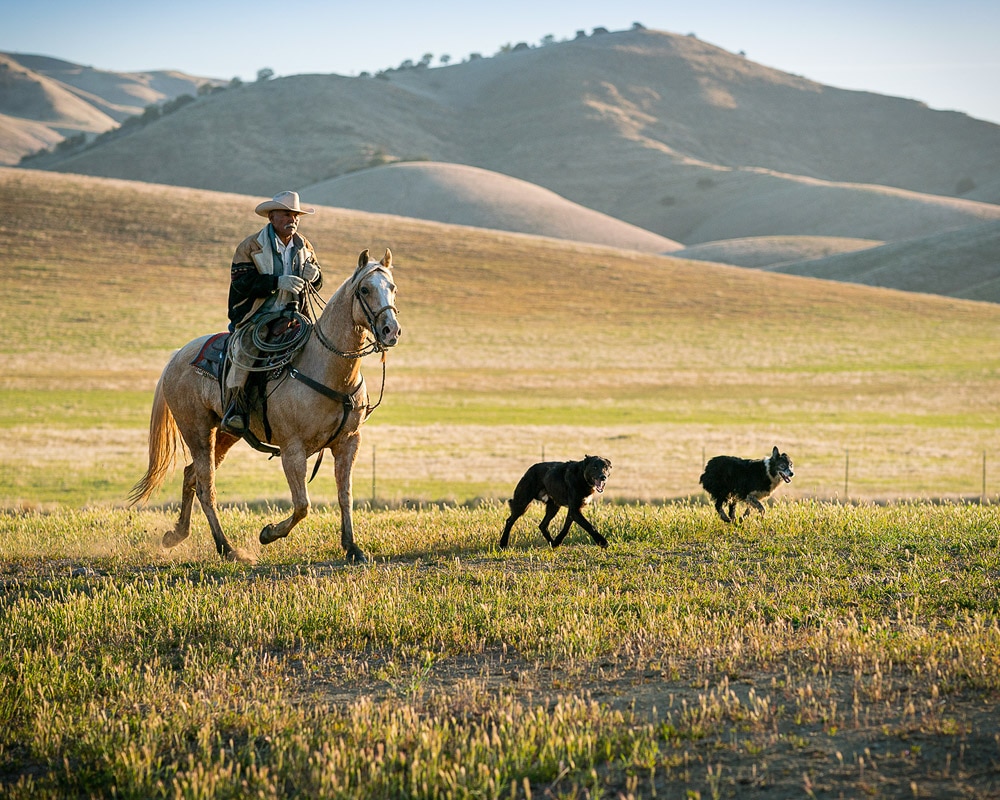Jack Ranch: A Brief History
By Victoria Kastner
In 1965 the Hearst Corporation bought the 58,000-acre Cholame Ranch east of Paso Robles, when seventy-three-year-old Howard Jack—the last surviving rancher in the Jack family—decided to sell. His Cholame Ranch’s abundant inland pastures effectively supplemented the coastal pastures of San Simeon’s Piedra Blanca Ranch. There were other reasons to unite these two family ranches: Hearst began ranching in San Simeon in 1865, and the Jacks began ranching in Cholame in 1869. The Jack’s Circle C brand is the second oldest registered brand in California, and the oldest still in use today. Furthermore, Howard Jack knew William Randolph Hearst. They first met in 1905—when Howard was seventeen and Hearst was forty-two—fifteen years before Hearst started building his hilltop Castle at San Simeon.
When the Hearst Corporation bought the Cholame Ranch, they renamed it the Jack Ranch to honor the Jack family. “Cholame” is a word of Salinan Indian origin, referring to a village settlement once located along Cholame Creek, near San Miguel. In 1844, Mexican governor José Manuel Micheltorena awarded the 26,621-acre Cholame Rancho to Mauricio Gonzalez. After California’s statehood in 1850, Mexican owners had difficulties retaining their land. The United States courts demanded stringent proof of legal boundaries, which had not been documented during the Mexican era. Furthermore, their livestock operations were destroyed by the drought of 1862-1864, a water shortage so severe that entire herds of horses, sheep, and cattle died in the fields.
When the Hearst Corporation bought the Cholame Ranch, they renamed it the Jack Ranch to honor the Jack family. “Cholame” is a word of Salinan Indian origin, referring to a village settlement once located along Cholame Creek, near San Miguel. In 1844, Mexican governor José Manuel Micheltorena awarded the 26,621-acre Cholame Rancho to Mauricio Gonzalez.
After California’s statehood in 1850, Mexican owners had difficulties retaining their land. The United States courts demanded stringent proof of legal boundaries, which had not been documented during the Mexican era. Furthermore, their livestock operations were destroyed by the drought of 1862-1864, a water shortage so severe that entire herds of horses, sheep, and cattle died in the fields.
When the drought ended in 1865, the Cholame Ranch passed rapidly through several owners: Ellen C. White (Mauricio Gonzalez’s daughter); then William F. Ryland, who sold it to W. T. Wallace; then Colonel William Welles Hollister, who purchased it from Wallace in 1867. W. W. Hollister’s wealth came from starting the first transcontinental sheep drive. He and his crew herded 10,000 sheep from Ohio to California, then sold their much-depleted herd to hungry miners during the Gold Rush. He and his crew herded 10,000 sheep from Ohio to California, then sold their much-depleted herd to hungry miners during the Gold Rush. Hollister purchased part of the Rancho San Justo (near present-day Hollister, in San Benito County) in 1857. Some years later, he realized he needed an accountant and secretary to assist him with the operation. Robert Edgar Jack answered Hollister’s ad. Jack was hired, and soon became Hollister’s partner in subdividing a portion of the 36,620-acre Rancho San Justo. In 1869, they used the resulting profits to purchase part of the Cholame Ranch, which straddled San Luis Obispo and Monterey counties.
When the drought ended in 1865, the Cholame Ranch passed rapidly through several owners: Ellen C. White (Mauricio Gonzalez’s daughter); then William F. Ryland, who sold it to W. T. Wallace; then Colonel William Welles Hollister, who purchased it from Wallace in 1867. W. W. Hollister’s wealth came from starting the first transcontinental sheep drive. He and his crew herded 10,000 sheep from Ohio to California, then sold their much-depleted herd to hungry miners during the Gold Rush.
When the drought ended in 1865, the Cholame Ranch passed rapidly through several owners: Ellen C. White (Mauricio Gonzalez’s daughter); then William F. Ryland, who sold it to W. T. Wallace; then Colonel William Welles Hollister, who purchased it from Wallace in 1867. W. W. Hollister’s wealth came from starting the first transcontinental sheep drive.
He and his crew herded 10,000 sheep from Ohio to California, then sold their much-depleted herd to hungry miners during the Gold Rush. Hollister purchased part of the Rancho San Justo (near present-day Hollister, in San Benito County) in 1857. Some years later, he realized he needed an accountant and secretary to assist him with the operation. Robert Edgar Jack answered Hollister’s ad. Jack was hired, and soon became Hollister’s partner in subdividing a portion of the 36,620-acre Rancho San Justo. In 1869, they used the resulting profits to purchase part of the Cholame Ranch, which straddled San Luis Obispo and Monterey counties.
Robert Edgar Jack was born in 1841 to a seafaring family in Kennebeck
County, Maine. He worked as an accountant in New York, then joined the
56th New York Infantry during the Civil War. Many years later, members
of the Jack family recalled that during the war, Jack had debated his
future options: life on the east coast; life as a sailor; or life as a
California rancher. He picked the latter alternative, sailing to Panama,
crossing the Isthmus, and settling in San Francisco by 1865. R. E. Jack
soon met his employer’s niece, Lucy Ellen “Nelli” Hollister, and
married her in 1870. In 1880, the prosperous couple built a spacious
two-story house in San Luis Obispo, where R. E. Jack was a prominent
banker and land developer. Under his management, the Cholame Ranch
became the principal sheep ranch in the county, before expanding into
cattle ranching and diversified agriculture. W. W. Hollister died in
1886. Within seven years, the Jacks were wealthy enough to pay off their
remaining debt to Hollister’s widow, Annie Hannah James, and take full
ownership of the Cholame Ranch.
Nelli and Robert’s son, Howard, was born in 1888. Unlike his conservative father, Howard was a rabble-rouser. In 1905, at seventeen, he became editor of San Luis Obispo’s Democratic paper, The Breeze. (Its offices were known for a sliding panel—hidden behind President Lincoln’s portrait—that opened into the saloon next door.) Years later, Howard recalled his father’s consternation: “I’d write those hot editorials and it was just like throwing dynamite at the old gent. He’d say to my mother, ‘We’ve got to do something about this boy.’ They had thought I should wait awhile before starting college . . . but those editorials were the way I finally got to [U.C.] Berkeley the next year.” During his one-year editorship at The Breeze, Howard interviewed fellow-newspaperman William Randolph Hearst. Howard then headed to Berkeley, and spent a year studying chemistry and agriculture before his father summoned him home to run their Cholame Ranch.
Howard managed the ranch for more than fifty years. He liked to tell a story about the “Gold Hills,” located directly behind the ranch. During the Gold Rush, a miner discovered $10,000 worth of gold nuggets in its gullies, but the source of his mother lode has never been found.
The Hearst Corporation’s 1965 purchase of the Jack Ranch was overseen by three influential local ranchers: George Randolph Hearst, Jr., then-publisher of the Los Angeles Herald-Examiner, who was William Randolph Hearst’s oldest grandson; Amory J. “Jack” Cooke, then-president of the Corporation’s Sunical Land & Livestock division; and his wife, Phoebe Hearst Cooke, an avid horsewoman who was George Randolph’s twin sister and W. R. Hearst’s oldest granddaughter.
Though all three are now deceased (Cooke died in 2008; Phoebe Hearst Cooke in 2012; and George Randolph Hearst, Jr. in 2013) they surely would have approved of today’s 73,000-acre Jack Ranch. Its well-managed, free-range, 2,500-head cowherd—primarily Angus—integrates seamlessly with San Simeon’s 1,000-head cowherd. Since 2011 the Hearst Ranches have partnered with Whole Foods Market to offer fresh, grass-fed Hearst Ranch Beef in twenty-six Southern California locations on a seasonal basis.
Both Hearst Ranches blend innovation with tradition. Their sustainable philosophy, careful land stewardship, and humane livestock handling and production practices honor the long history of family ranches on California’s Central Coast.
Excerpted from Hearst Ranch: Family, Land, and Legacy.
Copyright © 2013 by the Hearst Corporation. To purchase a copy, please contact
us at (805) 927-4611
LEARN MORE